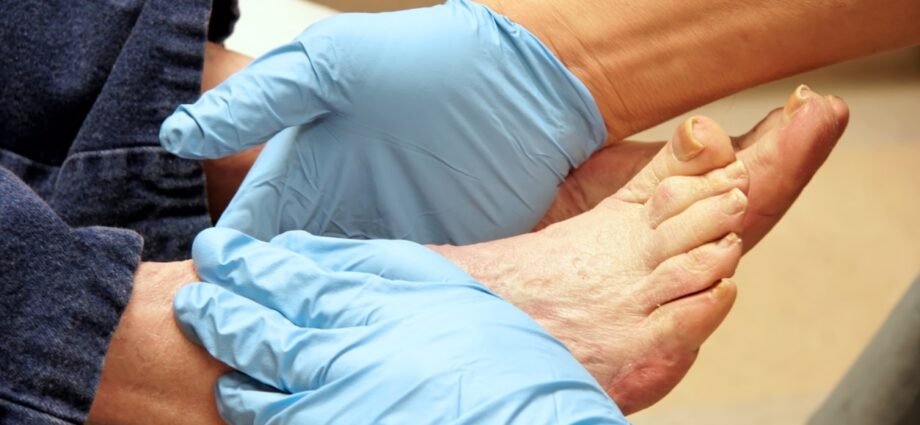Diabetic foot care is a crucial aspect of managing diabetes. People with diabetes have an elevated risk of developing foot problems due to nerve damage, which can lead to a loss of sensation or poor circulation in the feet. Proper foot care, including daily foot checks, good hygiene, and wearing appropriate footwear, can help prevent foot injuries and infections. You can also schedule appointments for diabetic foot care The Woodlands which can help identify any issues early and prevent them from becoming more serious.
Regular podiatry check-ups
Diabetes increases your risk of foot problems. The Foot and Ankle Specialists team can monitor your foot health, identify potential problems early, and educate you on how to care for your feet to prevent complications. During your podiatry check-up, your provider will examine your feet for any signs of cuts, blisters, calluses, or infections. They may also check for changes in skin color, temperature, and sensation. If you have any issues, your podiatrist may recommend treatment and educate you on preventing future problems. Regular podiatry check-ups can also help prevent serious foot problems such as ulcers, which can lead to amputation if not treated promptly.
Moisturizing your feet
Diabetes puts you at a higher risk of developing dry skin, which can lead to cracking and fissures, making them more prone to infections. Moisturizing your feet can help you prevent these problems from occurring. When moisturizing your feet, avoid harsh or fragranced creams, which can further irritate your skin. Apply the lotion or cream to your feet, making sure to cover the entire foot, including the heels, soles, and tops of your feet. Avoid applying lotion between your toes, as this can lead to excess moisture, which can cause fungal infections.
Checking your feet daily
By checking your feet daily, you can catch any problems early and seek medical attention before they become more serious. You can start by looking at the soles, sides, and between your toes. Check for any cuts, blisters, or sores and skin color or texture changes. You can also check for swelling or any signs of redness or warmth. Additionally, if you have difficulty seeing the soles of your feet, use a mirror or request a family member or caregiver for assistance.
Wearing comfortable shoes
Wearing shoes that fit properly and provide adequate support can help prevent foot injuries and reduce your risk of developing foot ulcers and infections. Comfortable shoes consist of breathable materials that allow air circulation in your feet. Shoes with wide and deep toe boxes can prevent your toes from being squeezed together, reducing your risk of developing corns, calluses, and blisters.
Wash and dry your feet daily.
Washing and drying your feet can significantly reduce your risk of developing foot problems. Mild soap and warm water can help remove dirt, bacteria, and sweat from accumulating on your feet throughout the day. After washing, pat your feet dry with a soft towel, and dry well between your toes to avoid moisture build-up. This practice helps to prevent fungal infections, which can be difficult to treat if you have diabetes. Dry feet are less prone to infections, blisters, and calluses.
To learn more about how you can care for your feet, call the Foot and Ankle Specialists office or book an appointment online.

